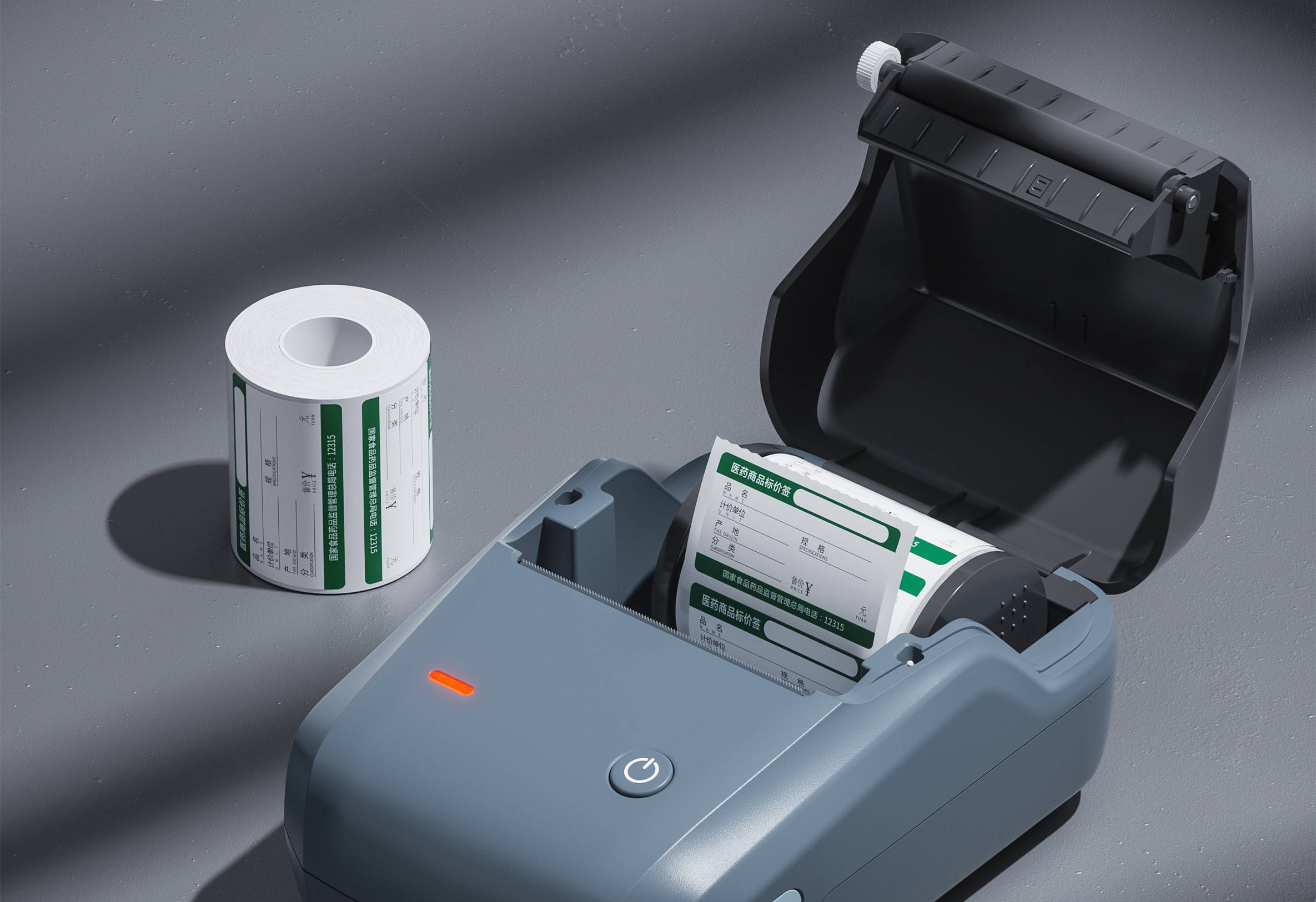
Project Introduction
The grounding resistance is an important parameter used to measure whether the grounding state is good. It is the resistance encountered by the current flowing into the ground from the grounding device and then flowing to another grounding body or spreading to a distant place. It includes the grounding wire and the grounding body itself. Resistance, the contact resistance between the grounding body and the resistance of the ground, and the resistance of the ground between the two grounding bodies or the resistance of the grounding body to infinity. The size of the grounding resistance directly reflects the good degree of contact between the electrical device and the "ground", and also reflects the scale of the grounding grid. The concept of grounding resistance is only applicable to small grounding grids; with the increase of the grounding grid area and the decrease of soil resistivity, the inductive component of the grounding impedance becomes more and more important. Large grounding grids should be designed with grounding impedance.
Influence factor
There are many factors that affect the grounding resistance: the size of the grounding electrode (length, thickness), shape, number, buried depth, surrounding geographical environment (such as flat ground, ditches, slopes are different), soil moisture, texture, etc. In order to ensure the good grounding of the equipment, it is essential to use the instrument to measure the grounding resistance.
Testing requirements
Grounding resistance test requirements:
a. AC working grounding, the grounding resistance should not be greater than 4Ω;
b. Safe working grounding, the grounding resistance should not be greater than 42;
C. DC working grounding, the grounding resistance should be determined according to the specific requirements of the computer system;
d. The grounding resistance of the lightning protection ground should not be greater than 10Ω;
e. If the shielding system adopts joint grounding, the grounding resistance should not be greater than 1Ω.
Test Methods
The measuring methods of grounding resistance can be divided into: voltage ammeter method, ratio meter method and bridge method. According to the specific measuring instruments and the number of poles, it can be divided into: manual ground resistance table method, clamp ground resistance table method, voltage and current meter method, three-pole method and four-pole method.
When measuring the grounding resistance, some factors cause the grounding resistance to be inaccurate:
(1) The soil composition around the ground network is inconsistent, the geology is different, the compactness, the degree of dryness and wetness are different, and it has dispersion. Big. Solution: Take different points for measurement and take the average value.
(2) The direction of the test line is wrong and the distance is not long enough. Solution: Find the test direction and distance.
(3) The resistance of the auxiliary earth electrode is too large. Solution: Splash water on the ground pile or use resistance reducing agent to reduce the grounding resistance of the current pole.
(4) The contact resistance between the test clip and the ground measuring point is too large. Solution: Polish the contact point with a file or sandpaper, and fully clamp the polished contact with the test lead clip.
(5) Interference effect. Solution: adjust the pay-off direction, try to avoid the direction with large interference, and reduce the reading of the instrument.
(6) The use of the instrument. The battery is low, the solution: replace the battery.
(7) The accuracy of the instrument is reduced. Solution: Recalibrate to zero.
The accuracy of the test value of the grounding resistance is one of the important factors to judge whether the grounding is good. Once the test value is inaccurate, either waste manpower and material resources (the measured value is too large), or it will bring potential safety hazards to the grounded equipment (the measured value is too small).

Label printers entering the Brazilian market, ANATEL certification is an essential passport! It is the recognition of the Brazilian Telecommunications Authority for the safety and compliance of electronic products, without which products cannot be legally sold.

SRRC certification is not only a guarantee of product compliance, but also a key to opening up the market.

FCC ID certification is a mandatory certification for electronic products by the Federal Communications Commission (FCC) in the United States, and it is essential for label printers to obtain this certification.
The grounding resistance is an important parameter used to measure whether the grounding state is good. It is the resistance encountered by the current flowing into the ground from the grounding device and then flowing to another grounding body or spreading to a distant place. It includes the grounding wire and the grounding body itself.
Get a quote